‘If you don’t want to make a nice picnic in the vineyard, it makes no sense to make wine out of it’Biodynamic wine producer Franz Weninger is showing me the vineyards in Burgenland that have been part of his family since 1828. Pointing to the wild flowers between the rows of vines, he says: “This is how the wine will be – very colourful. The natural vegetation tells you a lot about the place.
”If you don’t want to make a nice picnic in the vineyard – the weingarten – it makes no sense to make wine out of it.”
There’s no time to sit and eat, though, as we’re here to see the new vines. Some are difficult to spot in the long grass, which hasn’t been cut for a year. “You show them nature… it’s a tough life,” he explains. “As they get older, we help them less and less.”
Cover crops are his way of controlling vigour and yield. “I never cut grapes away,” he says.
The vines we’re looking at are, surprisingly for Austria, Furmint. Franz, predominantly a red wine producer, believes this white variety will thrive alongside his main grape, Blaufrankisch, at his sites in Austria, and also 15km across the border at the family’s vineyards near Sopron in Hungary.
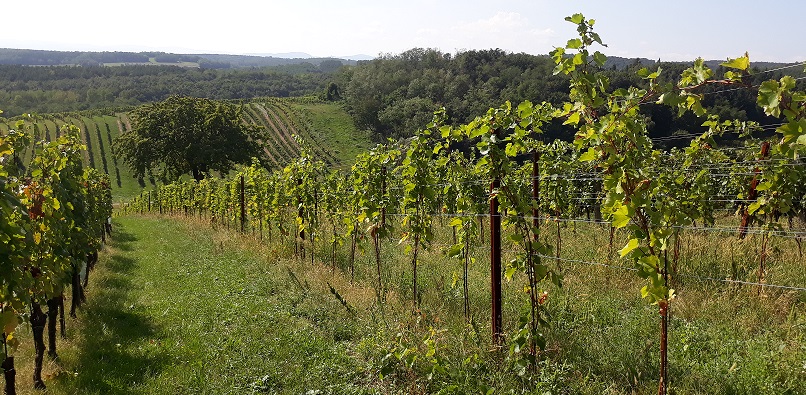
After successfully switching to biodynamic farming in 2006, Franz is now looking to increase his output of white wines. The first harvest of Furmint is now resting in large oak barrels below the family’s home in Horitschon.
The Weningers first planted Furmint, Hungary’s flagship white grape, about ten years ago, but the vines were hit by frost, forcing Franz to question his decision. “I thought maybe it’s a stupid idea,” he recalls. But he persevered as he thinks Furmint and Blaufrankisch have a lot of similarities – including “a good acid backbone and they both grow very straight”.
The Austrian vintner has given up with Gruner Veltliner because it doesn’t respond well to control by cover crops. “If they start to suffer they don’t produce less, they produce more because they think they are dying,” he explains.
Welshriesling, Central Europe's workhorse variety, is also responding well to biodynamic farming on the 50ha estate (split fairly evenly between Austria and Hungary). Franz would like “to create a new Welschriesling style in Austria”.
“I want to give Welschriesling a chance to make a wine not for €10 but maybe €20 or €30,” he reveals.
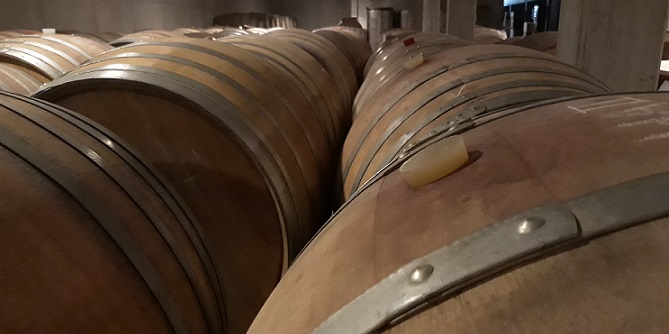
All of his whites will be made in the same way as his renowned reds: on full lees for 18 months without sulphur, malolactic in the barrels, and bottling with very little sulphur.
“I never change my winemaking style,” he emphasises.
After studying oenology in Klosterneuburg, Franz Reinhard Weninger went to Australia, California and Italy to refine his craft.
“I liked California for their open-minded attitude, but what I didn’t like was this Mickey Mouse thing – this copying. You went to an Italian winery and it looked like a Tuscan villa,” he tells me. “They had Italian varieties and even Italian staff, but we’re not in Tuscany – we’re in California!
“I came home and I saw my father in the cellar with a French oenologist selling him French yeast, French technology, French enzymes, French tannins, French barrels and French grapes. He tells him what he has to do – pump over, give air. I look at my father and I say, ‘We’re doing the same thing as in California’.
“So we stopped doing this and we started, basically, doing natural winemaking. But then no one called it that, it was just spontaneous fermentation.”
It was 2000, the new millennium.
“This was the time when my father said, ‘Ok, if you know everything, I just bought some land in Hungary, why don’t you go and do it there. So I moved to Hungary.”
Franz’s father, Franz Ludwig Weninger, bought the vineyards in Balf, near Sopron, in 1997, after tasting success with Hungarian producer Attila Gere in southern Hungary (Villany) in the early 1990s.
“I thought, ‘I will show you’,” Franz Junior says with a smile. But he soon returned home… asking for money for a press and a destemmer.
After a few vintages, Franz had convinced his father of the validity of his approach and they both attended biodynamic workshops in 2003-4 run by the late American professor of biodynamic viticulture Dr Andrew Lorand. Franz says he was the only winemaker who attended such events with his father. “With most other wineries it was a generational issue,” he explains.
The only thing Franz’s father is not so sure about is the low levels of sulphites. “He doesn’t believe my wines will age as well as his.”
But, on the whole, Franz Senior was impressed with his son’s wines and handed over the keys to the cellar in Austria in 2011.
Franz Ludwig Weninger, who took over from his father in 1982 and grew the estate from 7ha, now focuses on the soils. “He sits on the tractor thinking about which vineyard we should scratch the soil, which vineyard we should leave the soil. When he goes to bed, he dreams about the work he has to do to the soil the next day, and he sees the ants and worms living in the soil. He knows it better than I ever could,” Franz says admiringly.
For Franz, biodynamics is about individuality.
'Steiner is never easy, but we were lucky here in Austria because we had a really good teacher'Regarding the work of Austrian Rudolf Steiner, the father of biodynamics, Franz says: “You read it, but you don’t understand it, so you read it again and again, and then an individual idea of the world of agriculture comes into your head. Steiner is never easy, but we were lucky here in Austria because we had a really good teacher, Dr Andrew Lorand. He taught me it’s not a recipe, it’s a way for individuality – a way to make more individual products.
“Biodynamic means you solve your own problems.”
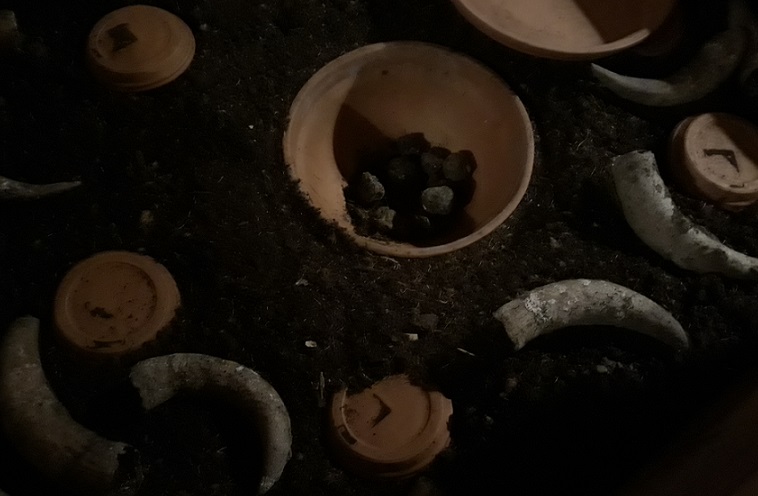
Regarding ‘natural wine’, Franz thinks the term is very misleading. “It seems like it’s less work but it’s not. Basically, it’s more work. You have to be more precise.”
Going forward, he's focusing on the finer details. An example is the teas they use for spraying the land and vines. At the moment it’s the usual nettle, camomile, and horsetail but the Weningers are aiming, this year, to start using teas made from the same vineyard where it’s to be used. The goal, as with everything they do in the vineyard, is to help get the plants back in balance. “If they’re balanced they will not get sick so easily,” Franz states.
Some other details they are looking at concern introducing sheep and different training systems, such as pergola, to help offset climate change.
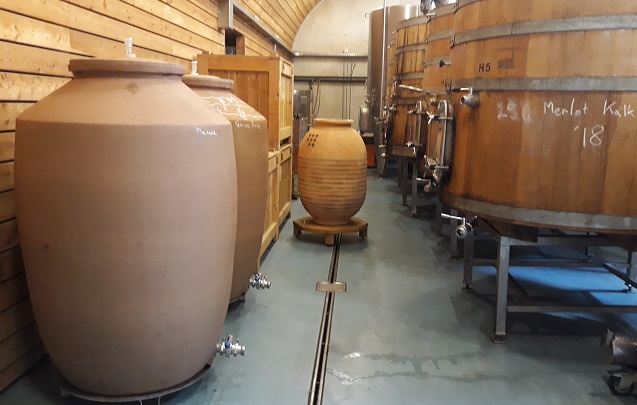
My tour of the Weninger estate finishes in the winery in Horitschon. I notice a few things: it’s spotless, of course; there are various amphorae but this project hasn’t been a great success so far; the barrels are tilted during élevage to prevent oxygen exchange through the bunghole, and there is no lab. “I gave up analysing because it doesn’t help,” Franz states.
He goes by taste.
"Most of the people who like my wine don’t read data sheets."


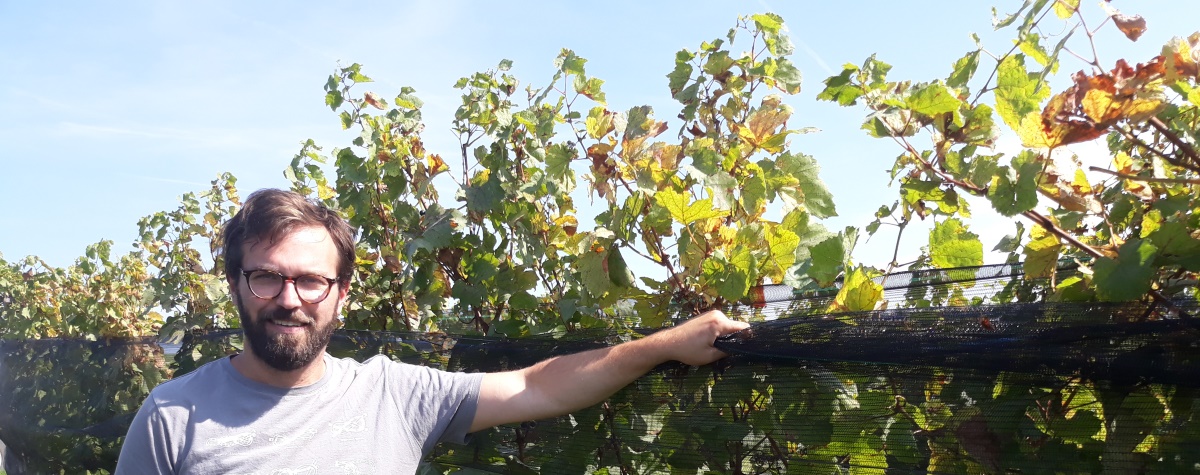










.png)






